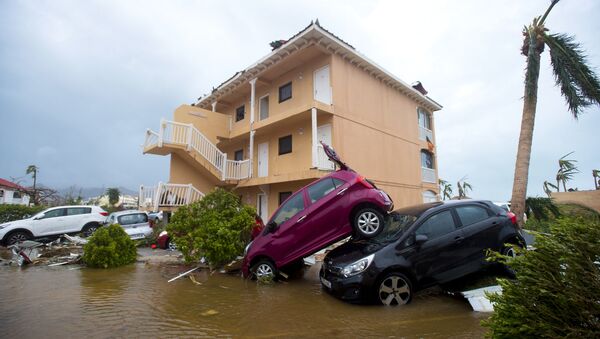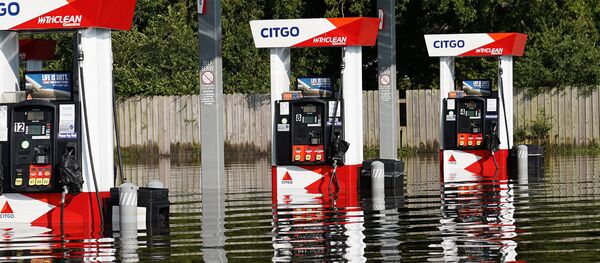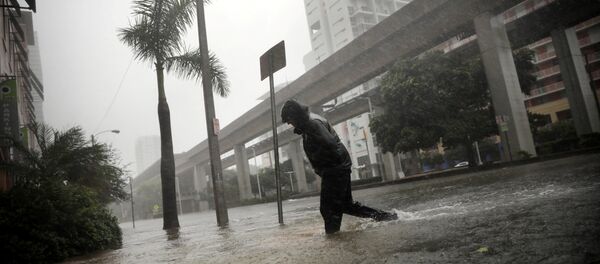hile large masses of hot sea water above 25 degrees are the foremost prerequisite for a hurricane like Irma, which recently hit the US East Coast with torrential rains, its consequences may reach as far as northern Europe, albeit in a less destructive way.
"A weakened hurricane can interact with a low-pressure zone via the Westerlies on its way here," meteorologist Mattias Lind at the Swedish Meteorological and Hydrological Institute (SMHI) told the Swedish daily Svenska Dagbladet.
Having originated in North America, the hurricane crossed the Atlantic through an unlucky combination of winds and low pressure, releasing energy by condensing vapor into water droplets and subsequently developing into an intense storm over the Baltic Sea, with wind speeds of about 27 meters per second. According to eyewitnesses, the wind became stormy in almost no time. The Öland Storm became a starting point for a heated discussion on forecasting methods and observation techniques.
An even more powerful example of the same phenomenon of a tropical cyclone reaching Europe occurred in October 1987, when dying hurricane Floyd triggered a low pressure area that developed into the worst storm in London since 1703. At least 22 people died in gales reaching as high as 200 kilometers per hour.
"In trade jargon, we talk about tropical low pressure turning into extratropical low pressure. Interaction via the Westerlies may initiate another low pressure zone. It's all about timing," Mattias Lind said.
"It's true we're generally not affected by tropical hurricanes, but the whole world hangs together," Mattias Lind noted.
According to research director Gunnar Myhre from the climate research center Cicero in Oslo, there is a consensus in the scientific community that while the tropical hurricanes will not occur more often, they are predicted to become more powerful, the Norwegian newspaper Klassekampen reported.
Meanwhile, natural calamities expert at Länsförsäkringar insurance company Pär Holmgren called the recent spate of hurricanes "a huge warning clock," pointing out that many areas affected by hurricanes Harvey and Irma were completely uninsured. Holmgren also added that climate change may in the future make entire regions impossible to insure, not only in the US, but also in Sweden, Svenska Dagbladet reported.
Within the past several weeks, the US has been hit by two deadly hurricanes, Harvey and Irma, which have destroyed billions of dollars' worth of property. Incidentally, this marked the first time in 166 years of weather records when two Atlantic Category 4 hurricanes made landfall in the US during the same year.
#Irma Hammering Florida, 'Humanitarian Crisis' Looms in Florida Keys, Nearly 6 Million Without Power https://t.co/b9vPVIHtNz pic.twitter.com/8ouov8LUN5
— The Weather Channel (@weatherchannel) September 11, 2017




